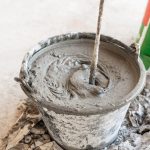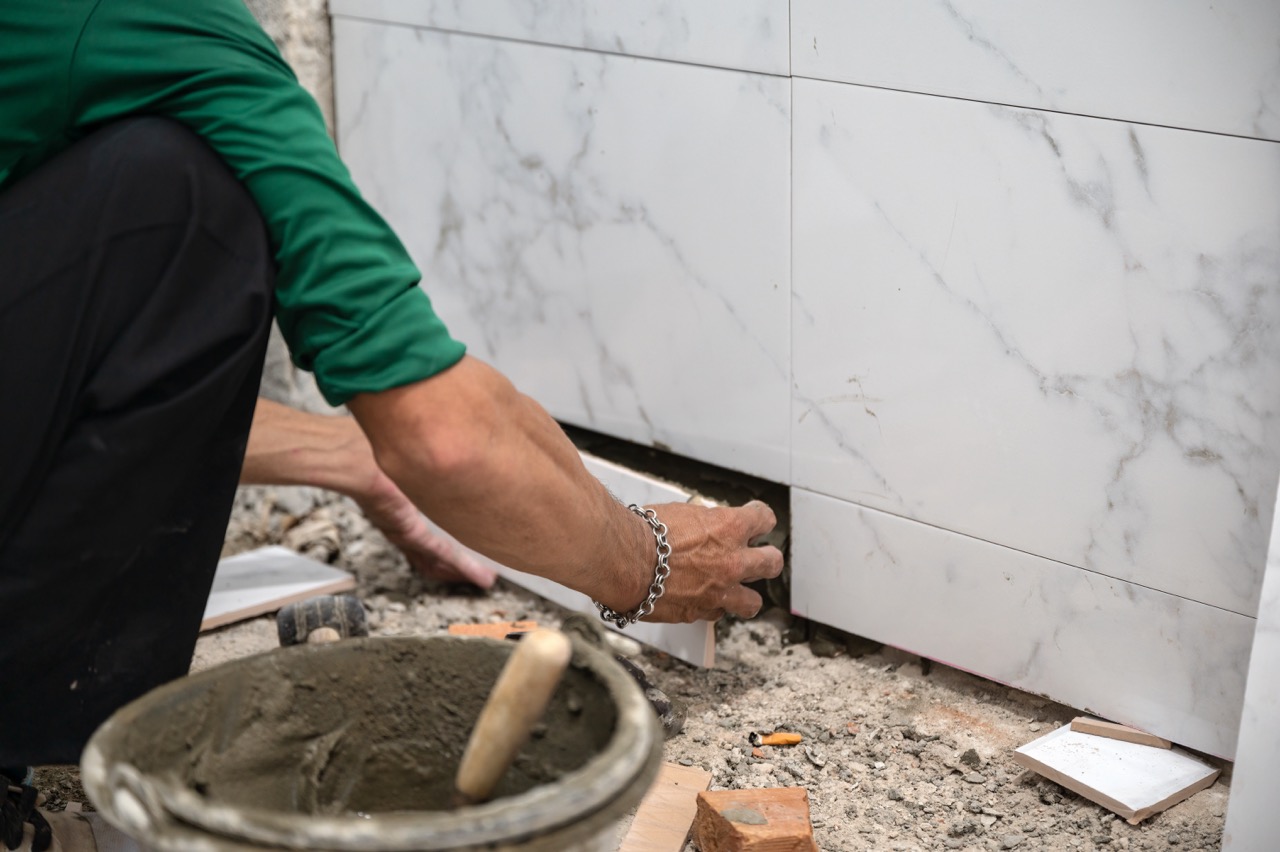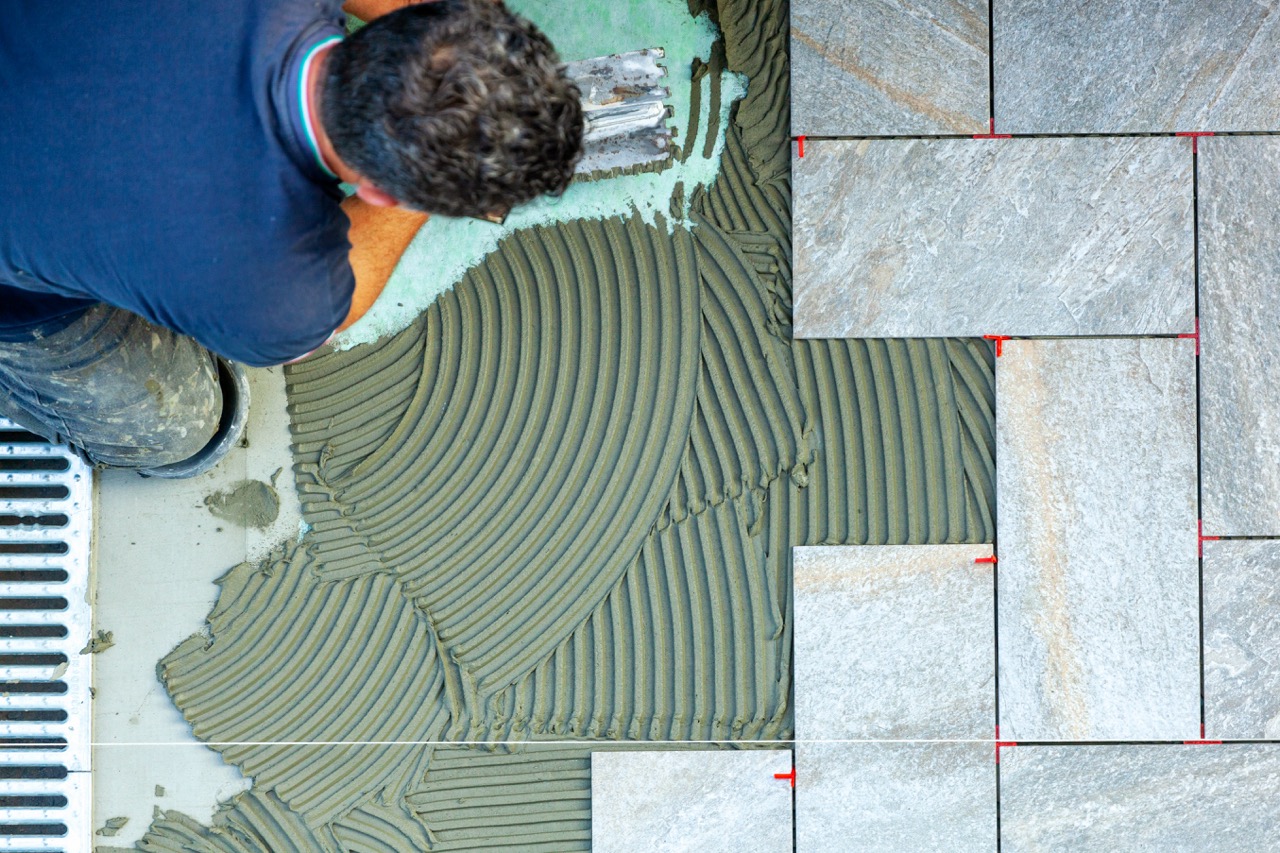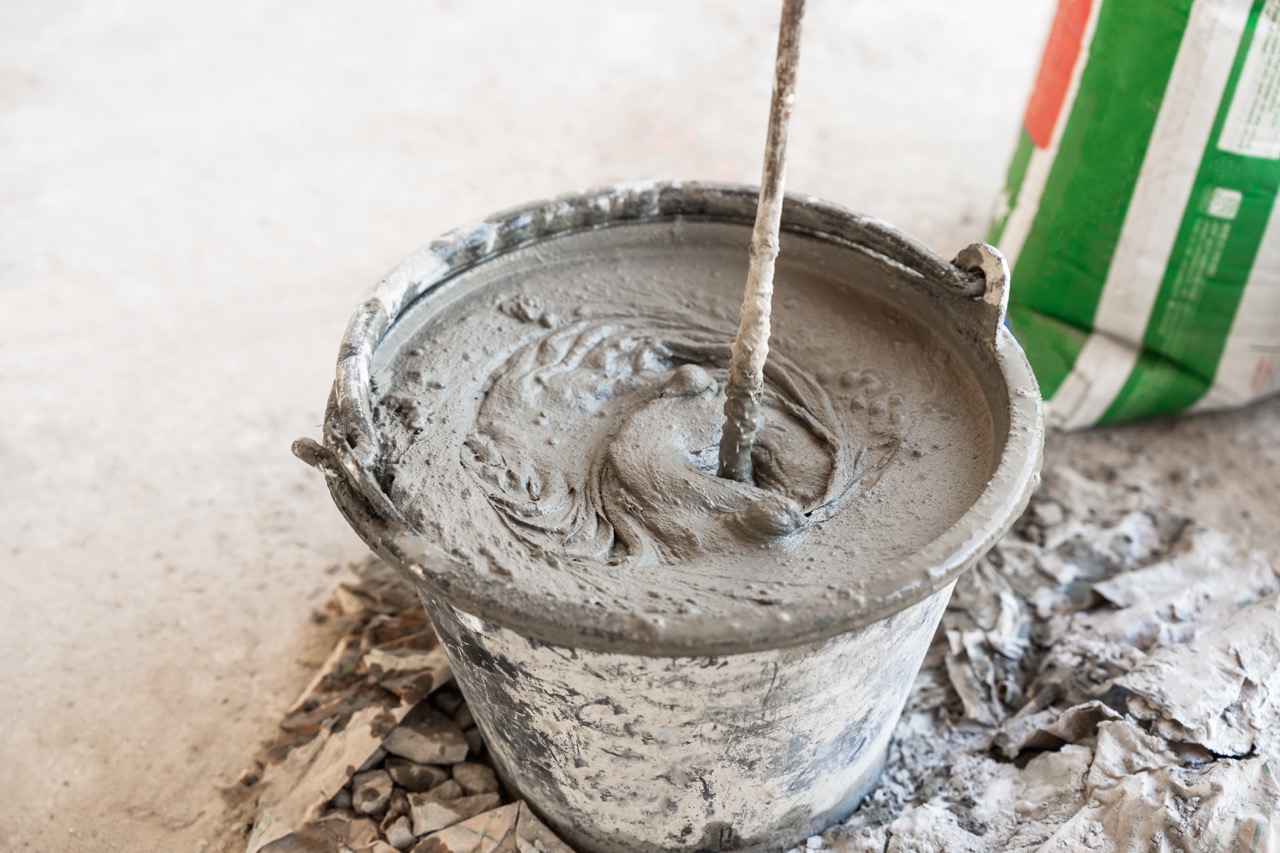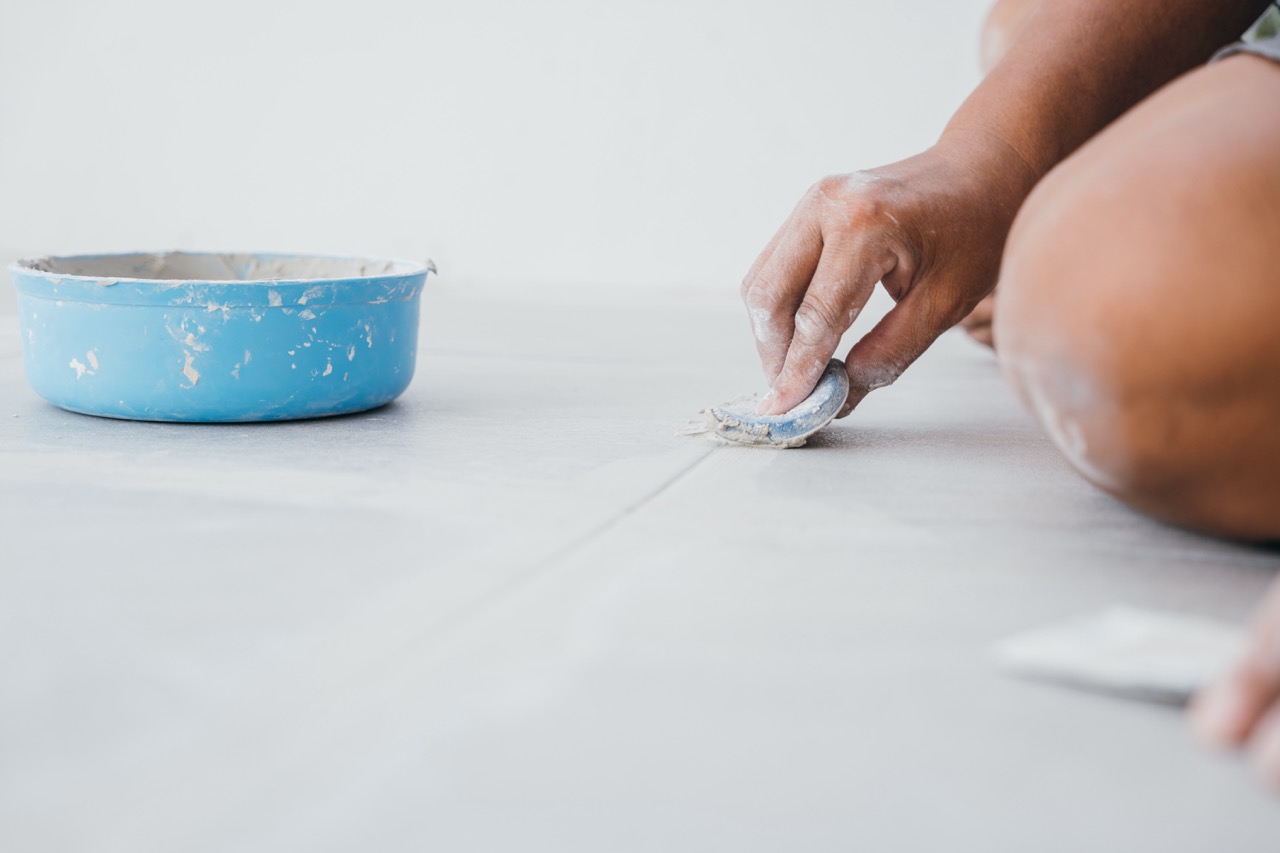When it comes to tackling small but noticeable home upgrades, refreshing grout often tops the list. Over time, grout lines lose their brightness, making otherwise clean tiles look dull or dirty. For many homeowners and renters alike, grout pens have become a quick, affordable alternative to expensive professional regrouting. But the big question remains—are grout pens really worth it as a cost-effective DIY solution? This guide explores why grout pens are gaining popularity, how they compare to professional services, and practical advice for getting the most out of them.
Why Homeowners Turn to Grout Pens for Quick Fixes
One of the main reasons people reach for grout pens is cost savings. Professional tile regrouting can range from hundreds to even thousands of dollars depending on the area, while a grout pen often costs less than a dinner out. With such an affordable price point, it’s an easy step for homeowners who want to breathe new life into bathrooms and kitchens without committing to a full renovation.
Another reason grout pens are attractive is their convenience. Most people can pick one up at a local home improvement store, read the instructions, and start using it right away. Unlike messy grout removers or regrouting kits that require more skill and time, grout pens are simple enough for beginners. Even renters—who may hesitate to invest heavily in their space—find grout pens an ideal temporary solution.
Lastly, grout pens deliver almost instant results. Within minutes of applying, tiles can look freshly installed, dramatically boosting the overall look of a room. For homeowners prepping to sell or renters who want a cleaner appearance before moving out, they’re an easy win. While not a permanent solution, the immediate transformation is often worth the small investment.
Comparing Grout Pens to Professional Tile Regrouting
When weighing grout pens against professional regrouting, it’s important to recognize what you’re actually paying for. A professional job involves removing old grout, reapplying new material, and sealing it properly. This creates a long-lasting, durable finish that can withstand years of use, especially in high-moisture areas like showers.
Grout pens, on the other hand, are more of a surface fix. They don’t restore the structural integrity of the grout but rather act as a colorant and sealant to refresh its appearance. For cosmetic purposes, they’re excellent—however, if grout is crumbling, mold-ridden, or severely damaged, pens won’t provide a real repair. Homeowners facing major grout issues may still need professional intervention.
Ultimately, the comparison comes down to goals and budget. If you’re preparing your home for a quick update, looking for a rental-safe solution, or simply wanting to delay a costly renovation, grout pens are cost-effective and practical. But if you’re after true longevity and waterproofing in high-use areas, professional regrouting remains the superior—though pricier—option.
Step-by-Step Tips for Using Grout Pens Effectively
Using grout pens is straightforward, but a few careful steps can make the difference between a quick fix and a polished, long-lasting finish. First, clean the grout lines thoroughly before applying the pen. Dirt, mold, or soap scum will prevent the product from adhering properly to the surface, potentially shortening its lifespan. A good scrub with a grout cleaner or even a baking soda solution goes a long way.
Next, shake the pen well and test it on a small, inconspicuous area. This ensures the color matches your expectations and gives you a feel for how the ink flows. Slowly draw along the grout lines without pressing too hard. It’s usually better to work in shorter sections to maintain even coverage and avoid smudging.
Finally, allow the grout pen ink to dry fully—typically several hours—before exposing the area to water. Some pens may require a second coat for evenness, especially on dark or heavily stained grout. Patience during this step will make the results neater and longer lasting.
How to Maximize Value and Longevity of Grout Pens
Getting the best return on your grout pen investment comes down to proper care and maintenance. While these pens are designed for quick touch-ups, the better they’re applied and used, the longer the results will last. Regular cleaning with gentle products prevents discoloration from returning too quickly.
It’s also wise to choose a high-quality grout pen with a waterproof formulation. Not all pens are created equal; cheaper products may fade faster, especially in showers or near sinks. Reading reviews or investing slightly more upfront can reduce the need for frequent reapplications.
Lastly, use grout pens as part of a broader maintenance strategy rather than a standalone solution. By resealing your grout with a protective product or scheduling periodic refreshes, you’ll maximize both appearance and durability while keeping costs low. Over time, this layered approach ensures grout pens continue to prove their worth as a budget-friendly DIY tool.
Grout pens may not replace the strength and permanence of professional regrouting, but they certainly stand out as an affordable and effective solution for quick tile refreshes. For homeowners and renters alike, they offer a way to achieve noticeable results with minimal effort and cost. Used correctly and maintained with care, grout pens can delay costly renovations and brighten up your space dramatically—making them a worthwhile tool in any DIY enthusiast’s kit.

